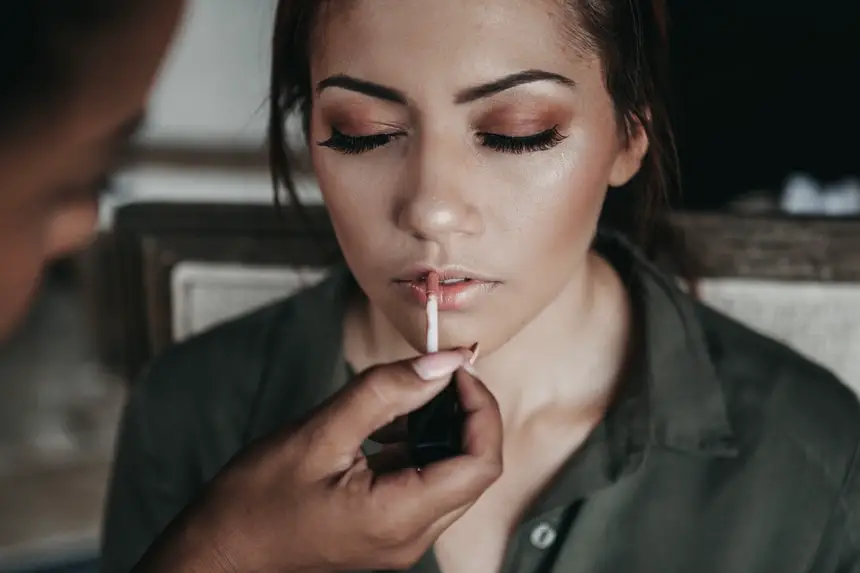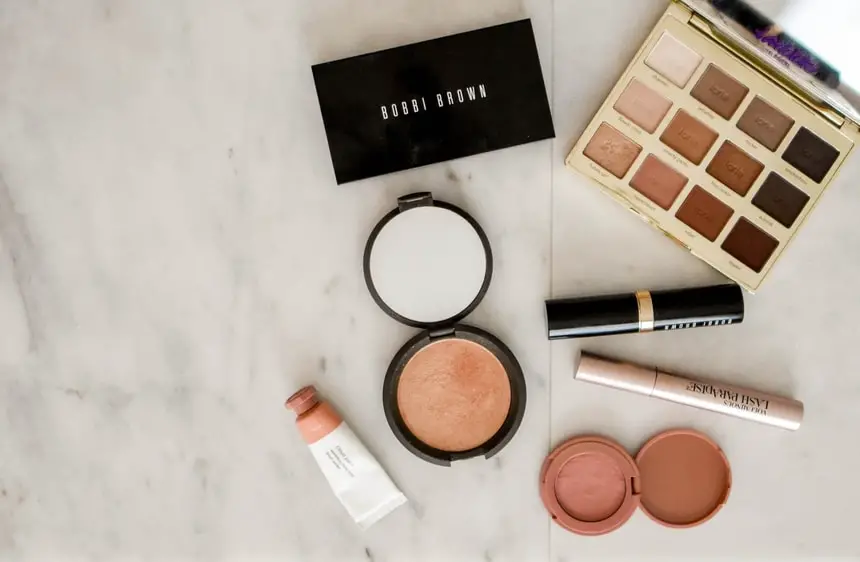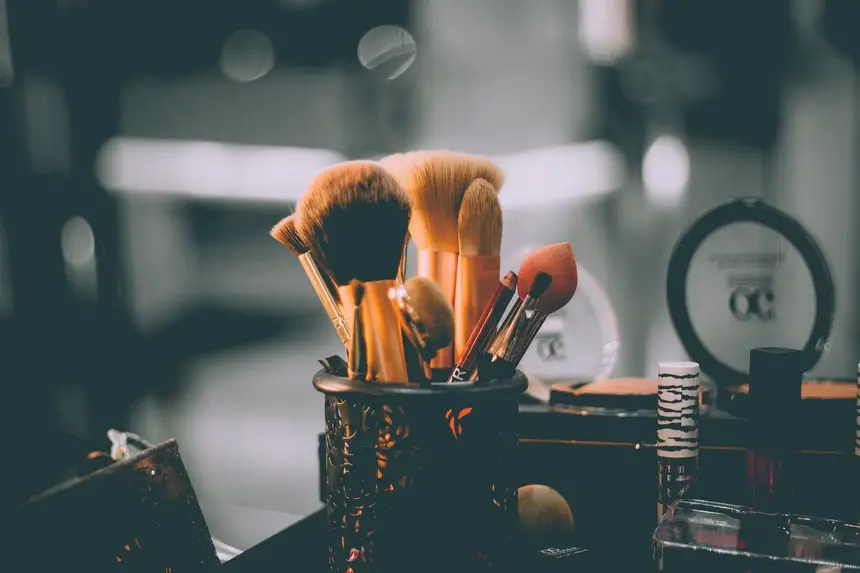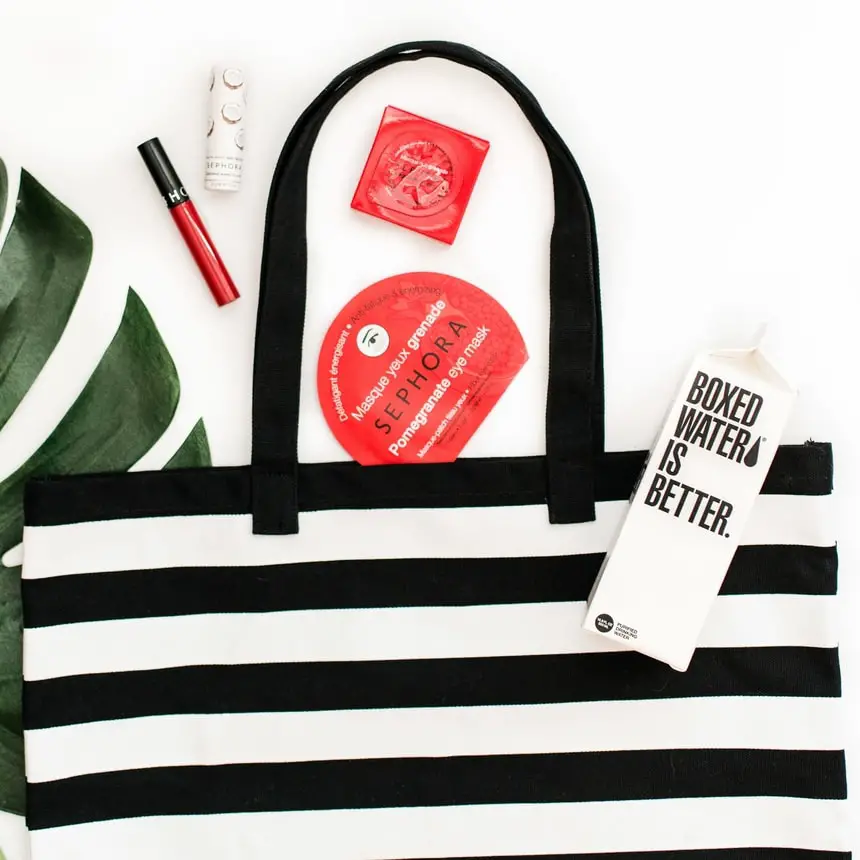If you want to buy Rihanna’s Fenty line or Huda Beauty’s new palette, you are probably going to Sephora. It is synonymous with beauty and it reinvented the industry with its marketing techniques.
Sephora was very likely the first company that truly understood the way young adults of the 21st Century wanted to shop for makeup.
Their success could be largely if not solely credited to their innovative digital marketing techniques. But to understand the way their marketing strategy has profited them we have to understand the state of the market when they entered it.
Changes in the industry and how Sephora caught up
Sephora was founded in 1969 in France, a time when people were far more trusting of makeup products and what they can do for their skin.
This is probably the biggest difference between millennial shoppers and their mothers. The shoppers of today are questioning, want proof and will not buy before they try.
Sephora understood this which is why they reinvented the in-store experience. While testing was not a NEED in the 1960s, it is today. Millennials want to know that it works before they take it home.
Sephora has testers for everything!
Not only do they have a tester that you can use yourself, but they also have staff that are highly skilled and more than happy to help you out.
This move to bring out products and let potential buyers test them out has never really been done before. Our mothers lived in a generation when you could not even touch the product before you put the money down on the table.
The use of testers and trials has been labeled as “Sephoraizatin” by Karen Grant, a beauty analyst from the NDP group.
What’s in the tube?
The second huge change is the want for ‘natural’ makeup. There is a lot of information available and women will not stand for 7 layers of makeup that will eventually leave them struggling with acne.
A ‘Green Beauty Barometer’ survey that was conducted online found that 59% of all women who took the survey, read the ingredients that a product contains before buying it.
The same survey also shed light on how many women are looking to spend more on all-natural products: 40%!
Shoppers today want to know what they are putting on their faces and Sephora took that on board.
No-Makeup Makeup
Beauty a few decades ago meant having enough foundation to create a layer over your face but the young adults of today want products that enhance their features not cover them.
This means using products that have fewer ingredients and thinner consistency.
Sephora managed to keep up with this growing obsession with natural products by introducing its Clean Beauty category in 2018. The Clean category is a range of products specifically picked out by Sephora that do not contain sulfates and other chemicals.
By sticking on a simple seal on a couple of hundred products, Sephora increased sales.
This foresight made them billions of dollars which isn’t a surprise since the natural beauty category is expected to reach a whopping $22 billion by 2024
We aren’t loyal to brands
Something Sephora picked up on far more quickly than its competitors is our lack of loyalty towards brands. The buying habits of this generation are very different than what they were before.
In the 1960s, you would very possibly buy all of your products from the same store but the shoppers of today want variety and individuality. Sephora delivers.
You can find well-known brands like MAC right alongside niche brands that have just entered the market.
Marketing Strategies that won over the Millennials
Instead of entering the beauty industry with the same old techniques as brands before them, Sephora took what is considered to be one of the most innovative approaches.
Millennials rule the beauty industry. Most of the buying population falls into this age group and according to a study done by TABS they are also the group that is most likely to buy in bulk.
Millennials buy more than 10 different types of products a year…more than once.
So, understanding what they want was key.
Rewards for Purchase Structure
Most brands have a ‘points for every purchase’ scheme where the points can be redeemed later on another purchase. Sephora reinvented that just a little.
In what they call the Rewards Bazaar, new products that are exclusive to rewards members are released every Tuesday and Thursday. This makes anything you can buy with points a little exclusive and unique.
For example, the Bumble and Bumble invisible oil can be bought for 100 points and nothing else. No amount of cash can buy it from Sephora.
Complete experiences are offered as well in exchange for points such as a salon treatment.
For millennials, a group that craves anything that could be considered ‘exclusive’, this worked perfectly.
Sephora’s Innovation Lab
Innovation Lab is Sephora’s attempt at integrating digital and retail to form a well-balanced mix. This digital strategy leverages technology to help Sephora promote sales.
Innovation Lab is really just a warehouse in San Francisco where a range of online experiences are tested and meticulously improved upon. The development of these digital apps and programs is Sephora’s successful bid to catch up to the internet age.
Pocket Contour, one of the digital programs that was rolled out, teaches users how to contour their skin step-by-step depending on their face shape.
The personalization is done by using a selfie that the user uploads.
You will then be redirected to a website where you will find various options to buy depending on your skin tone.
In an industry that mostly consists of department stores, this is an improvement that has been embraced by millions. It also allows Sephora to profit on users at the store and online.
The innovation lab warehouse also includes an entire physical store replica where all of the in-store experiences are tested out before they even reach customers.
Another tech idea that Sephora rolled out was the placement of beacons in every store. These beacons notify customers through their Sephora to Go app about birthday offers, rewards, credits, makeovers and more while they are at the store itself. The beacons send out notifications to anyone in the store that has the app downloaded.
This means that Sephora is minimizing the possibility of a customer not buying something by hitting them with a Sephora deal while they are at the store itself. Perfect timing!
Bridget Dolan who works with the digital marketing team at Sephora says, “The truth is, not everyone knows that, for example, you can get a free makeover at Sephora, we want to give the customer the confidence to pursue these benefits, give her permission.”
Innovation Lab is constantly coming up with new ideas as well making it an asset.
AR and AI technology
Tons of companies have started using AI technology to entice customers into buying products but Sephora has taken it one step further by offering a personalized AI experience.
Working with Modiface, Sephora has created software that allows you to test products on your skin with the help of a selfie through your camera.
This try-on through digital means is in no way Sephora’s invention but what Sephora did do was take an individual approach. Working with Modiface, they created software that recommended shades and products to users depending on their skin tone.
This individuality component is new and desired by Sephora’s audience which is another factor that benefitted sales.
According to the company, since the launch of the app, more than 200 million shades have been tried on along with over 8.5 million visits.
“For the older consumer it can be confusing,” says Grant, the beauty industry analyst at the NPD Group. “But for the younger consumer, it’s like, ‘Wheeeee! Look at that! Look at that!’ It’s all about play. And the more time you stay in the store or online, the more money you are likely to spend.”

Reading skin tones at the store
For most women, finding a foundation color that matches their skin tone is like trying to solve a Rubix cube.
There are hundreds of shades available in the market and the choices can be overwhelming.
Enter the Color iQ.
Sephora partnered with Pantone to create a handheld device that can read your skin tone and recommend a foundation to suit it. The company aims at placing the device in every North American store soon.
There is also a sister product known as Fragrance iQ that suggests fragrances based on mood and likes.
Virtual artist kiosk
Sephora also introduced the Teach, Inspire, Play workshops to several workshops across North America. These workshops teach groups of customers how to apply and use makeup.
Ipads that are propped up across the store allow users to watch tutorials and try on various shades virtually.
You can essentially walk into a physical store but half of the buying process is digitized.
In studios in New Jersey and Boston, some kiosks even offer a digitized makeover guide. These guides include various services, including a complete 75-minute makeover session.
Traditional salesmen have been replaced
Gone are the days when shoppers walked into a store and wanted help from the salesman. There are countless people even complaining about how they want to be left alone instead of badgered with deals when they enter a store.
According to a recent survey by Tulip Retail, 83% of all shoppers believe they know more than the sales staff and most shoppers know what they are going to buy before they enter the store.
Shoppers still want to buy beauty products at the physical stores because of the buying experience but most shoppers already know what they are going to buy.
Youtube beauty tutorials, Instagram videos and Cosmopolitan articles are considered more knowledgeable and most shoppers have already researched their options before they walk in.
Sephora has kept up with times and push sales staff to be more helpful than knowledgeable. You can walk into a Sephora outlet and roam around till you need someone to help you apply that mascara you are eyeing.
Instead of being pushy and according to some people even ‘annoying’, the traditional salesman has been transformed into a helpful makeup artist that is ready to help.
Partnering with digitally native brands
The one thing that Sephora is struggling with is digitally native brands like Kylie or Morphe that send the product directly to the consumer.
In a battle to deal with this, Sephora recently introduced the ‘Next Big Thing’ which is a dedicated space in the store to feature new brands. They have already introduced the fixture to a store in New York but plans to include them in other locations are underway as well.
The aim is to create a destination where customers will find out about new brands that they may want to try- digital or not. A lot of the brands that are included on the wall have limited distribution which makes the feature more exclusive as well.
Other beauty brands like Ulta are trying to partner with digitally native brands as well but the strategy is a good one since most customers are willing to make the trip down to Sephora to try out a new Kylie lipstick.
The idea is that it will help Sephora be considered a prime location to catch up on trending new products. Customers will also be offered guidance by shop associates on how to use the product and who it would suit.

Final Thoughts
By putting their customers first and catching up with every trend in the nick of time, Sephora has managed to stay on top.
Using the rapid digitalization that every industry is undergoing to their advantage could be in short what is keeping Sephora profitable. No customer will try on 40 different shades of lipstick but with a simple virtual artist kiosk, it can be done in minutes.
By creating stores where customers can help themselves, Sephora has given the people what they want.
Sephora is offering what the millennials of today want regarding shopping experiences. It is a grown-up version of running into your mother’s makeup drawer and trying on a ton of products.
Individuality, exclusivity, and variety are focused upon which is exactly what brands need to deliver right now.

